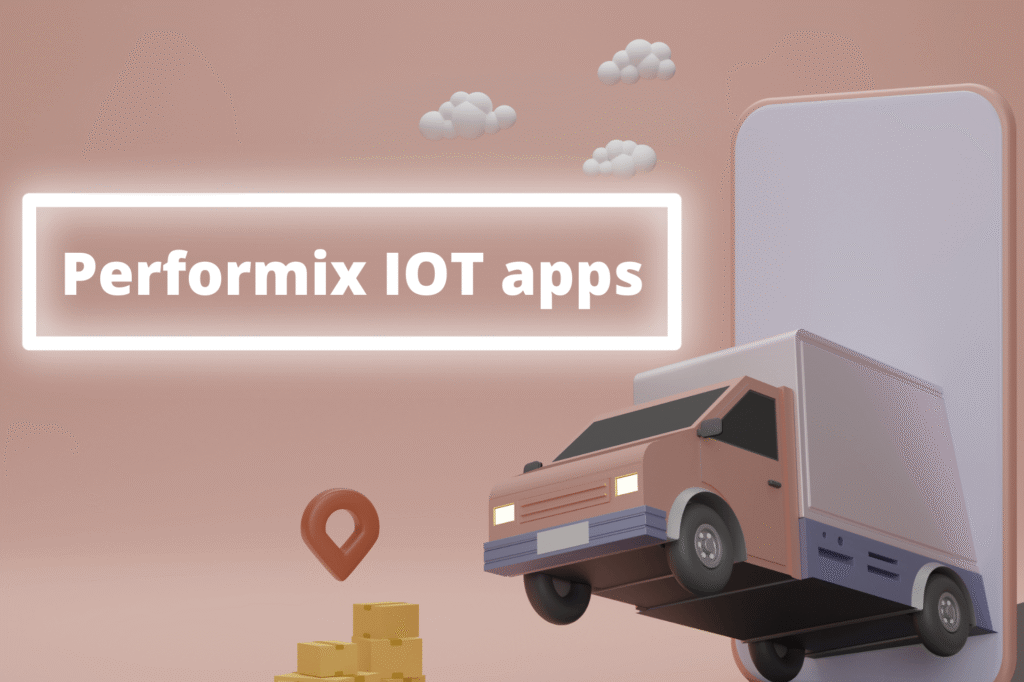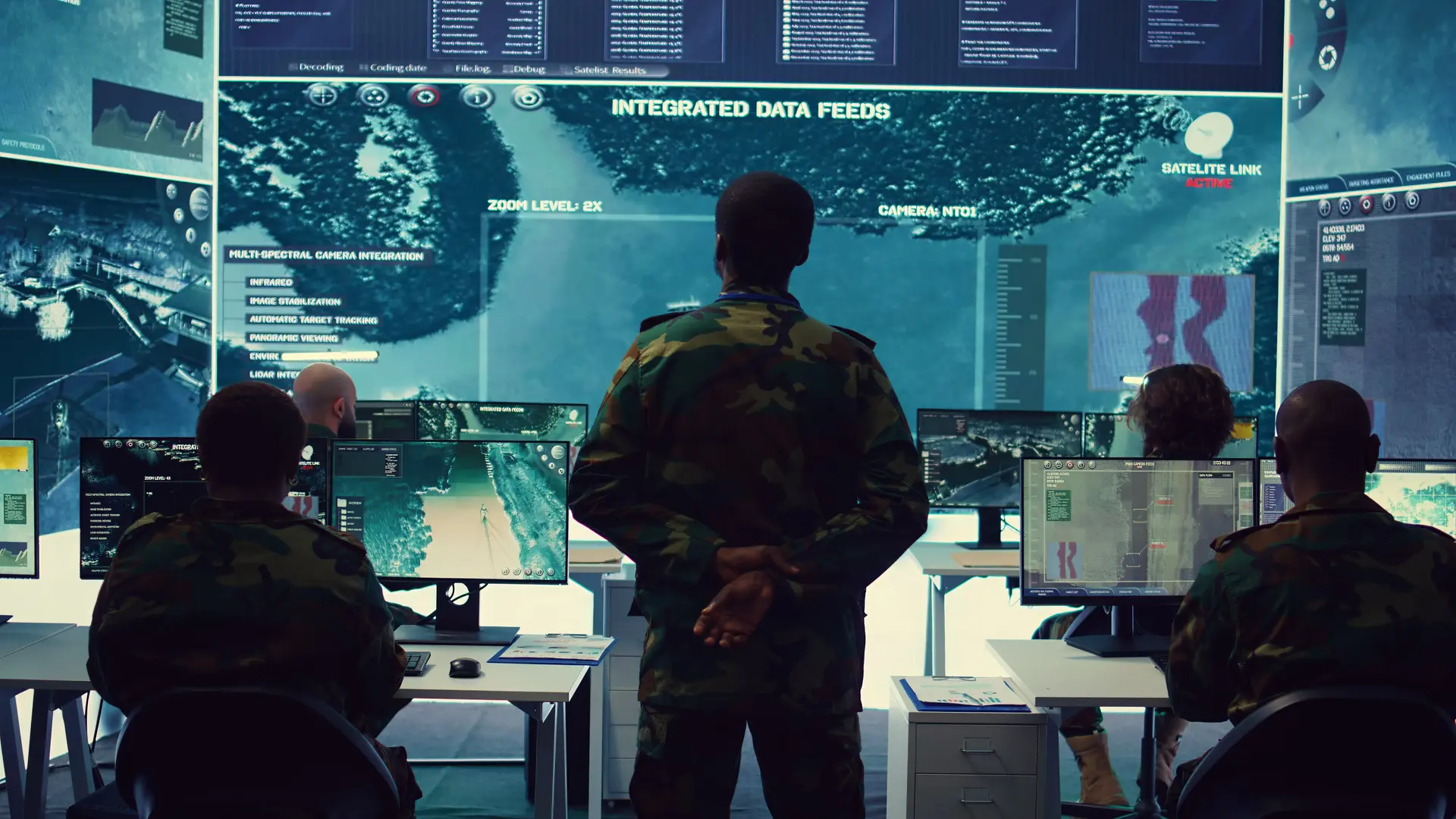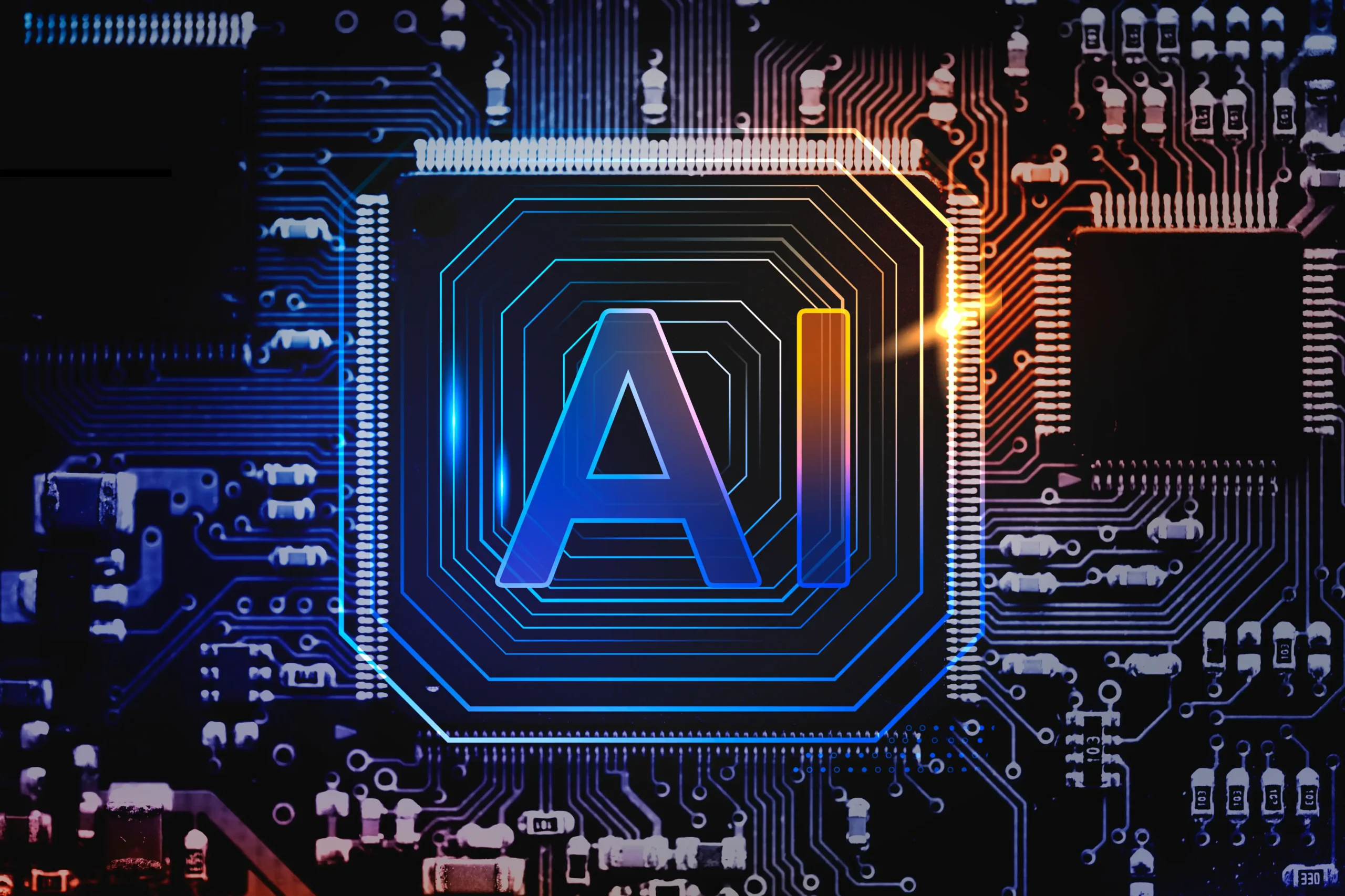Dive in to know how!
The trucking and transportation industry is critical to the economy since it transports commodities across the country. Trucks are responsible for moving about 6 percent of the total freight in the United States. The U.S. imports $1.2 trillion worth of goods and services yearly, employing more than 7 million people in the United States and expanding. Keeping that stated-it has been forecasted that the trucking and transportation industry will boost by more than 2 percent annually by 2024, adding $885 billion to the economy.

Currently, the U.S confronts many difficulties in the trucking and transportation sector. Everyplace seeks quality and convenience to run and maintain industry in the age of digital change.
There are numerous problems in the transportation industry that have an impact on the American economy. Everything raises concerns, including driver shortages, freight maintenance, and tracking, quality and packing, delivery, warehousing, supply chain interruptions, and risk management.
Image Source: U.S Department of Labour
Challenges faced by the Transportation and Trucking Industry
While the size and quantity of fleets used by the transportation and coordinating industries vary, all of them must maximize truck performance while keeping prices low. Undoubtedly, you confront issues that day by day gets within the way of your business’ victory.
Rising gasoline costs
Continuously growing fuel prices increase your operating expenses, forcing you to raise your service prices to maintain a profit for your business. Additionally, because of poor street optimization, activity, or unexpected street support, your drivers may use more fuel than expected, affecting your bottom line.
For More Infographics:
https://data.bts.gov/stories/s/Freight-Transportation-the-Economy/6ix2-c8dn
https://tradingeconomics.com/united-states/gdp-from-transport
https://www.grandviewresearch.com/industry-analysis/transportation-management-systems-market
https://mercurygate.com/collateral/industry-report/2022-logistics-landscape/
Purge truck miles
You do not need to transport discuss since, with each purge mile, you lose an opportunity to gain money. The reason for such a circumstance is that human schedulers have confinements on how tight they can fill a truck’s plan utilizing chronicled and up-and-coming information.
No straightforwardness of truck locations
The capacity to track vehicles in real-time is vital for keeping up appropriate speeds and altogether diminishing the sum of fuel utilized. In addition, real-time vehicle following is essential for superior steering and dispatching, which in turn- diminishes truck mileage and increments the number of employments completed in a day.
Huge fleets are hard to hold on time
Let’s envision your fleet incorporating fifty trucks and a little fleet upkeep group that keep up trucks on time and in legitimate condition. Such a fleet requires exact checking and control of all technical parameters. But when a vehicle breaks down on the way due to destitute support, you confront the additional costs of calling a tow truck, cargo conveyance, and truck upkeep that was not a portion of your plan, and once more, you’re losing money.
The need for back-office optimization
You’re continuously searching for ways to form your commerce forms way better and more proficient, which gets to be more troublesome as your commerce develops. At the same time, your back office representatives proceed to do scheduled errands, such as manual information checking from solicitations. On the off chance that your accounts department is still working with data in such a way, it is tall time for you to embrace present-day innovation and optimize information operations.
There is no doubt that all of the issues outlined above are just the tip of the iceberg, but do not be discouraged by this. These difficulties can be addressed using cutting-edge technologies such as Artificial Intelligence, Machine Learning, Advanced analytics, and IoT, which can increase the efficiency of transportation commerce.
Ever since the paradigm shift post-COVID-19 has significantly influenced this industry to embrace digital transformation, making technology a commodity in many parts of the business as easily attainable even for small and mid-sized firms.
To control and conquer logistical difficulties, there are simple and flexible digital solutions for MSEs to full-suite heavy solutions for large enterprises. As you are aware, many top companies have started investing in new digital capabilities, generating the top-and-bottom-line effects and confounded the pandemic shutdown.
Now that technology has become the gameplayer in setting the bar for speed and experience to how carriers connect with clients, irrespective of the physical movement remaining the same- be it a mix of a truck, train, plane, or ship- it has triggered businesses to digitize. Although this kind of rapid transition is difficult, success stories are starting to emerge in the landscape, and the future does not look any better for those who choose to wait. Therefore, if it’s on your cards, the present is the ideal time to begin your freight company’s digital trajectory with Performix’s assistance and support. With our (Digital transformation) DT service and solutions, you may completely rebuild your transportation and truck company’s for a digital footprint.
Demand for Digital Transformation in Transportation Industry
Digital transformation includes taking a company’s conventional procedures and trade models and evaluating them to shift to a competitive digital platform- This is why transportation management systems are beneficial tools to be incorporated into the transportation industry. They do so by replacing the old, antiquated analog processes and are designed to provide user-friendly applications across all departments, including for drivers, management, customers and all other levels of staff.

Areas for Digitalization in Transportation and Trucking Services on a Mobile App
Although physical delivery is necessary for transport services, the industry is changing due to digitalization creating possibilities in these areas.
- Ships/Cargo to Trucks like Tractor, Bobtail, Flatbed, Dry van, Reefer, Panel van, HotShot
- Infrastructure: roads, bridges, tunnels, rail lines, ports, and terminals
- Transportation operations, such as capacity planning, cargo management, tracking and tracing of shipments, customer support, etc.,
- Third-party services
- Maintenance and repair of transport equipment
- Transmission of information and documents among several participants (shippers, shipping lines, port authorities, Customs, terminal operators, etc)
- Supporting services, such as warehousing, monitoring, and inspection
Digitization is crucial for sustainable transportation development. With data at their fingertips, businesses may make decisions based on real-time information that has been challenging to measure using conventional techniques. AI, IoT, autonomous vehicles, smart connected vehicles, location services, cloud-based logistics solutions, self-driving drones, and advanced analytics are just a few digital advancements in the logistics and transportation industry.
In order to provide you with a clear understanding of how digitization is being implemented in the transportation and trucking industry, we wanted to delve into further detail about the digital solutions that may be used throughout the various domains of this industry.
Artificial Intelligence
AI has transformed business operations by analyzing data with greater precision than humans. And now, giants like Amazon, DHL, and FedEx are driven by artificial intelligence in the transportation industry. The logistics industry can benefit from various solutions- from advancing package naming to streamlining warehouse sorting systems thanks to automation, which uses information-driven programming front-end apps to increase operational productivity in machines.

Operations Management
With AI innovation, the operation management center will have the capacity for self-learning and self-adaptive through machine learning and can make a free choice after seeing trade conditions. For illustration, by utilizing machine learning, the coordinations planning framework you can learn the command and planning involvement and slowly realize assistance and rapid decision-making.
Warehouse Management
To keep an eye out for the stocks, warehouse robots are moving from one section to the next. Additionally, drone deliveries and barcode scanners make warehouse maintenance simplified. This unmanned distribution center is possible by combining AI innovation with IoT, and big data, on the cloud can be designed to run across multi-channel platforms.
Image Source: https://www.i-scoop.eu/
Sorting & Packing
Through the AI framework, diverse cameras and sensors can capture real-time data of millions of merchandise and distinguishes things through brand logos, names, and 3-D shapes. It implies that the sorting framework no longer needs transport machines, scanning equipment, manual processing equipment, and staff to sort one by one, thus cutting- down the cost. These applications can be installed on mobile devices for easy access and control.
By calculating the volume information and packing box estimate of items utilizing the AI calculation framework- intellectuals can calculate and prescribe packing material and packing sorting, which will orchestrate the box sort and product situation plot sensibly.
Consumer Assistance
AI-based speech recognition has emerged as one of the uses of smart logistics. To help the manual agent locate and rapidly compare the main knowledge points, the speech recognition-based customer care agent may visualize and intelligently analyze the customer’s voice. Both the quality of the job and the services will increase by this. Predicting client behavior is another crucial aspect of AI customer service.
Shipping and accounting paperwork
Most of the time, logistics accounting staff are occupied processing and evaluating each transaction. Using AI-based systems and natural language processing (NLP) tools, you may automate accounting, enormous amounts of unstructured data, and freight paperwork at the same time.
Consider incorporating a Shipping Navigator, an AI-powered Content Management System designed by Performix; that is accessible on both web and mobile platforms- this optimizes the documentation turnover by streamlining the billing and settlements, accounts payable bills, carrier onboarding, and shipping operations.
Not just that, Performix offers a comprehensive AI service and solution to your transportation and trucking business by leveraging the best tools available.
Internet of Things (IoT)

The logistics industry is improved and innovated by IoT technology, whether it is through inventory tracking, environmental sensing, fleet management, or route optimization- using API linking the front-end tools and back-end database for accomplishing sailing service.
Tracking vehicles in real-time
IoT sensors are useful for securing real-time fleet tracking in addition to predictive maintenance.
Each vehicle is equipped with IoT sensors that collect location information and transmit it to the neighborhood gateway via a mobile data connection. The gateway then transmits the data to a network server and a cloud-based application server while the vehicle is still in motion.
Location Management Using IoT
The improvement of overall visibility of goods movement is one of the key advantages of the Internet of Things in transportation. Sensors integrated with a conveyance, such as a car, ship, or train wagon, provide real-time data about the transportation process to the main network system.
As a result, an IoT system may follow the position of shipments down to the individual components and notify users in case of unforeseen occurrences like traffic jams or changes in the location or condition of the vehicle.
Route optimization
A well-known Vehicle Routing Problem (VRP) can be resolved by using software that uses machine learning to optimize routes. By doing this, an ideal path to depots will be created for several clients, reducing both the number of vehicles and the cost.

How it occurs
- The user chooses the starting point, the precise destination, and even the precise hour of the day.
- The optimal routes are then generated using AI algorithms’ analysis of a variety of variables, such as weather, traffic reports, and traffic patterns.
- To determine the ideal day of the week and even what time of day the driver should get behind the wheel, the algorithm can also make use of previous traffic data.
Predictive Fleet Maintenance
Predictive maintenance software that analyses the entire truck for probable faults and scheduled repairs is another way that AI is used in logistics. Such a strategy will lengthen the life of your fleet and lower operational expenses.
How it occurs
- The program uses IoT (Internet of Things) equipment, such as interconnected on-vehicle sensors, to make more accurate predictions.
- Onboard diagnostics II (OBD II) sensors keep an eye on the engine speed, gearbox torque, accelerator, and pedal position. These sensors use GPS to track the location of the vehicle.
- Then, as the vehicle moves, data from all sensors is sent to the neighborhood gateway via a mobile data connection.
With this method, fleet managers get a thorough report about the vehicles, fuel consumption, engine performance, route, location, driver, time, and delivery. As a result, your fleet management team can plan vehicle availability, order parts and components on time, and steer clear of logistical and technical problems.
IoT Asset/Inventory Tracking

The most common use of the Internet of Things in transportation and logistics is IoT-driven inventory/asset management. This application enables remote asset tracking, status monitoring, and timely notification of all changes. In-vehicle fill level sensors that are integrated also aid in preventing the overloading and underloading of vehicles.
Environment Monitoring Using IoT
IoT logistics solutions keep track of an item’s storage temperature and make adjustments as necessary. For perishable items and pharmaceutical products, in particular, this application is highly helpful. IoT-driven sensors collect environmental data, including temperature, pressure, light exposure, humidity, and other factors, enabling remote environmental monitoring and control.
You could have inferred the significance of IoT from this detail. The Internet of Things technology not only improves efficiency and transparency throughout the entire transportation cycle but also keeps operations running smoothly and effectively, which lowers the cost of doing business which is achieved through our IoT services and solutions.
We are experts in designing the best mobile apps to accomplish your business with IoT. Our experienced professionals have proven their intelligence by implementing various IoT projects to date.
Advanced Analytics
The swift growth of the transportation and logistics industry can be driven by advanced analytics. Companies have incorporated advanced analytics into their workflows, enabling them to manage complex worldwide networks.
The transportation sector ensures that items are transported from one location to another effectively and safely. Analytics in the transportation sector is driven by the development of technology, including traffic sensors, electronic access, mobility management, and monitoring display systems.
Markets & Markets predicts that the global market for transportation analytics will develop quickly and steadily, reaching $27.4 billion by 2024.
Multi-modal transportation, which provides seamless movement between many modes of transportation like trains, airports, and trucks, has been popular in recent years in many cities.
As a result of technological improvements, such as cameras, GPS, and geo-location, a multi-modal transportation system necessitates systematic data collecting. This broad data ecology will need to be taken into account when analyzing the transportation sector. Through the application of cutting-edge analytical methods like advanced analytics, players in the transportation sector can improve operations, cut costs, and provide a higher level of customer service.
Want to know the use of Advanced Analytics for Mobile Apps in the Trucking Industry?
- Insights regarding the impact of transit maintenance projects, unusual occurrences like labor strikes, or metro line closures can be obtained by transportation agencies.
- Traffic jams, accidents, and vehicle breakdowns can be identified and predicted by transportation organizations, which can then offer effective solutions to both the driver and the client.
- Advanced analytics can determine the effects of different development projects and assist in locating a substitute project that doesn’t impede mobility.
Trucking firms may better comprehend the intricate data flows that underpin all the interactions between partners, suppliers, distribution centers, products, services, and ultimately the customer by using a data blueprint.
Advanced analytics applies its algorithms to data from your operation, including historical travel times, weather trends, and patterns of carrier service failures, and then delivers real-time insight into the status of delayed shipments.
Advantages of using analytics for transportation and trucking companies
- Analytics Enable Shippers to Better Plan RFP Processes and Predict Future Rates
- Potential Analytics Raises Customer Service Standards
- Analytics Aid Shippers in Monitoring Performance of Carrier and Broker
- Technology That Provides Insight Contributes to End-to-End Supply Chain Visibility
- Analytics Make Deciding What to Do Next and How to Be More Strategic Easier
Partner with Performix to harness the power of transportation analytics in your organization. Our new models for big data analytics provide the best data-intensive services and applications that are mature, scalable, and cross-functional- adding practical value to new companies and business models to achieve digitization.
Cloud Computing
In addition to being more cost-effective without investing in cloud infrastructure, cloud-based logistics software can enable agile, real-time communications across supply chain components, resulting in higher efficiency in addressing problems or adapting to new circumstances and increased efficacy.
Processes crucial to cloud computing:
Forecasting and planning
These days, it is possible to perform analytics, plan manufacturing runs, and execute statistical demand projections using cloud-based technologies. Applications like planning and allocation, selection and space, pricing and promotion, and forecasting and replenishment are also widely used for retail supply chains using the cloud.
Logistics
Inventory management, warehousing, and transportation are dependent on the cloud now. Global trade compliance, replenishment planning, order processing, creating transportation loads, fleet management, and transportation routes are a few of the processes gradually moving to the cloud and receiving immense interest from leading businesses.
Procurement and Sourcing
The total cost of ownership, the most frequently cited success metric in sourcing and procurement, can be significantly decreased thanks to cloud computing. One factor is that cloud-based solutions are naturally accessible and collaborative, which has significant advantages for businesses that regularly work with thousands of suppliers. For instance, cloud-based collaboration enables numerous parties to work together to build supplier contracts, providing better contract administration.
Procurement report generation, database centralization, and supply chain visibility are just a few of the numerous sourcing and procurement capabilities- quickly becoming available on the cloud.
Management of Service and Spare Parts
Through cloud computing, businesses may quickly improve existing capabilities and introduce new procedures without incurring high capital expenditures.
Service operations can already use tools like warranty validation, and cloud applications for processing reverse logistics and refunds, dispatching and tracking technicians, and pooling and distributing spare parts inventory are shortly to follow.
Types of Mobile Applications for the Trucking and Transportation Industry

To face the real-world challenges-the trucking and transportation industry is turning to IoT and advanced analytics, AI running on cloud platforms. The combination of IoT and advanced analytics saves costs in the domain and provides new insights for industrial advancement.
Here are the suggested mobile application solutions offered by Performix.
Mobile apps for fleet management
You can track, manage, and store all the data about your trucks with a fleet management app. With such transport logistics software, you can keep accounts of the history of vehicle maintenance, repair charges, trends in fuel consumption, and other crucial data for understanding your total cost of ownership. An Admin web-based app lets you assign roles to users, track fleet data, send out reminders for scheduled maintenance, and other functions. Fleet management software also features a driver’s app where users can update information about the vehicle.
Mobile Apps for On-Demand Logistics
Consider developing a mobile app for shipping on-demand if you want to boost the revenue of your logistics business. Apps for on-demand delivery logistics connect shippers who need their shipment delivered with company-owned vehicle drivers.
What it does
- Shippers publish a freight request with the following information: destination, origin, load, weight, and cost.
- The platform alerts the closest driver, who accepts the package order and is available for rapid pickup.
- Once the driver has picked up the cargo, shippers can use the vehicle’s built-in GPS to follow its whereabouts and get real-time updates and alerts on the delivery status.
- The platform notifies the shipper of successful delivery after the driver delivers the cargo and immediately generates an invoice for payment.
Warehouse Mobile Apps
Consider developing barcode scanning software to digitize the operation of your warehouse. These programs are equipped with third-party APIs that enable them to read different types of barcodes and interface with your warehouse database to update data in real time. Furthermore, barcode scanning apps minimize the need for barcode scanners, lower human error rates, and boost warehouse staff productivity through bulk barcode scanning.

Briefly, logistics management solutions may boost productivity and cut costs across all divisions, from the warehouse to vehicle maintenance. You could initiate this digital journey with us- our skilled DT experts provide an end-to-end solution by designing and developing custom mobile applications with glitch-free service catering to your business needs.

Our Performix team will design app MVP (minimum viable product) with basic functionalities necessary to validate your business idea. Then our development team runs the last demo when your logistic application’s MVP is complete and publishes the app for general use on Apple Store and Google Play. At this point, you have full access to your app’s code, database, and other project-related materials.
You can choose the features for further development after collecting feedback from app users- Performix will get this done for you and guide you through the digital journey by providing world-class front-end and back-end services and solutions with appealing UX/UI on your Mobile App or any multi-channel platforms.







